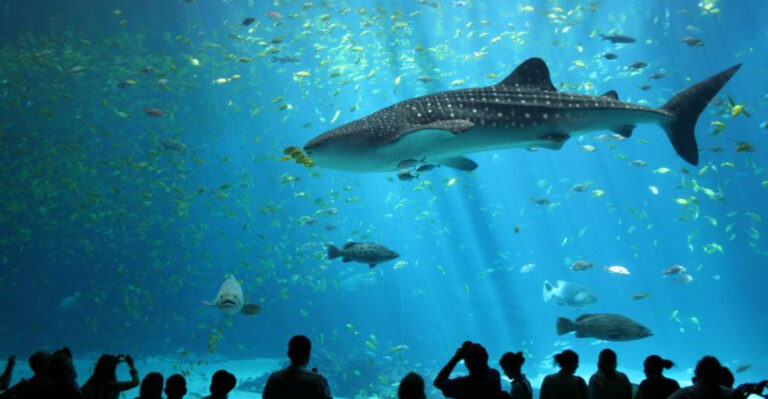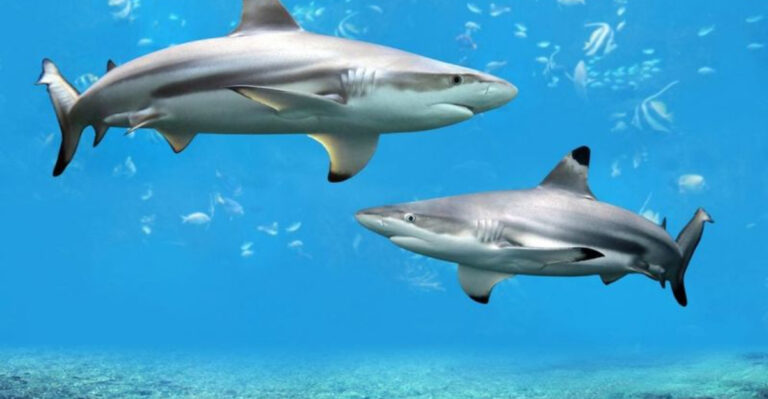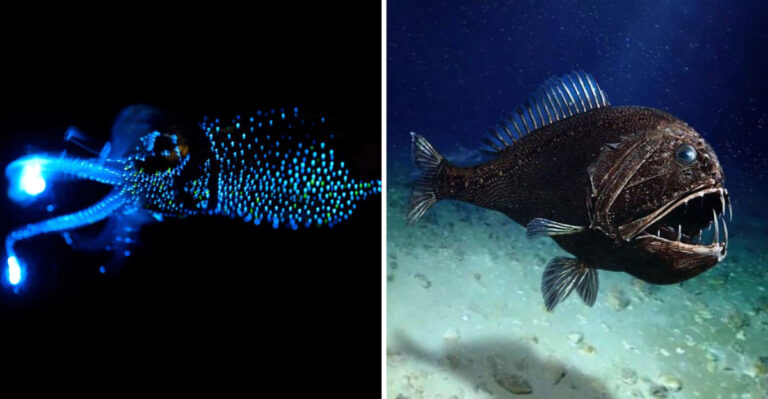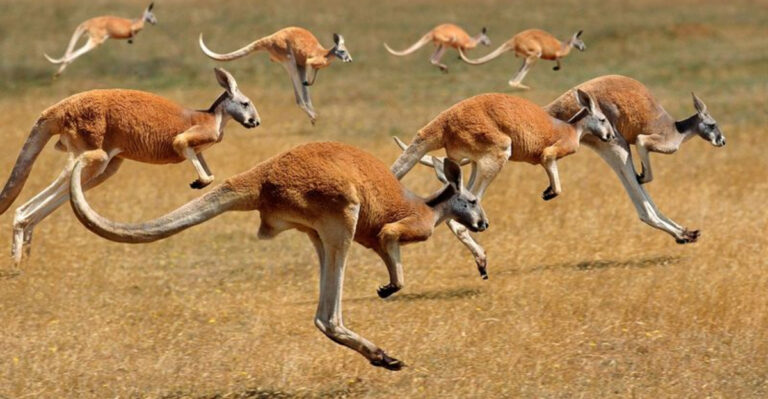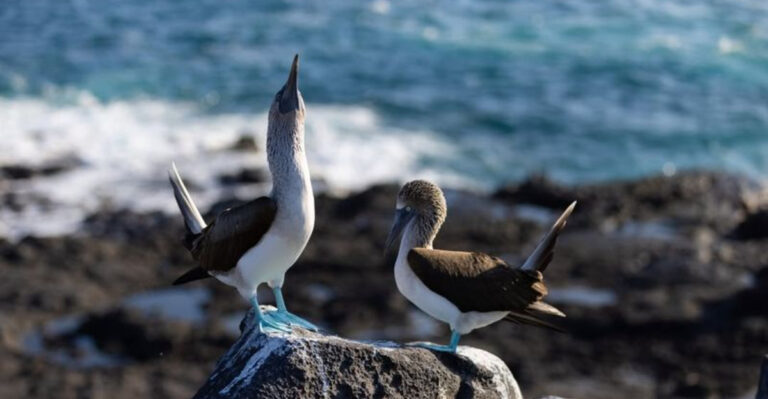Amazing Evolution: 6 Ancient Sharks That Vanished Forever (And 7 Living Ones You Can Keep As Pets)
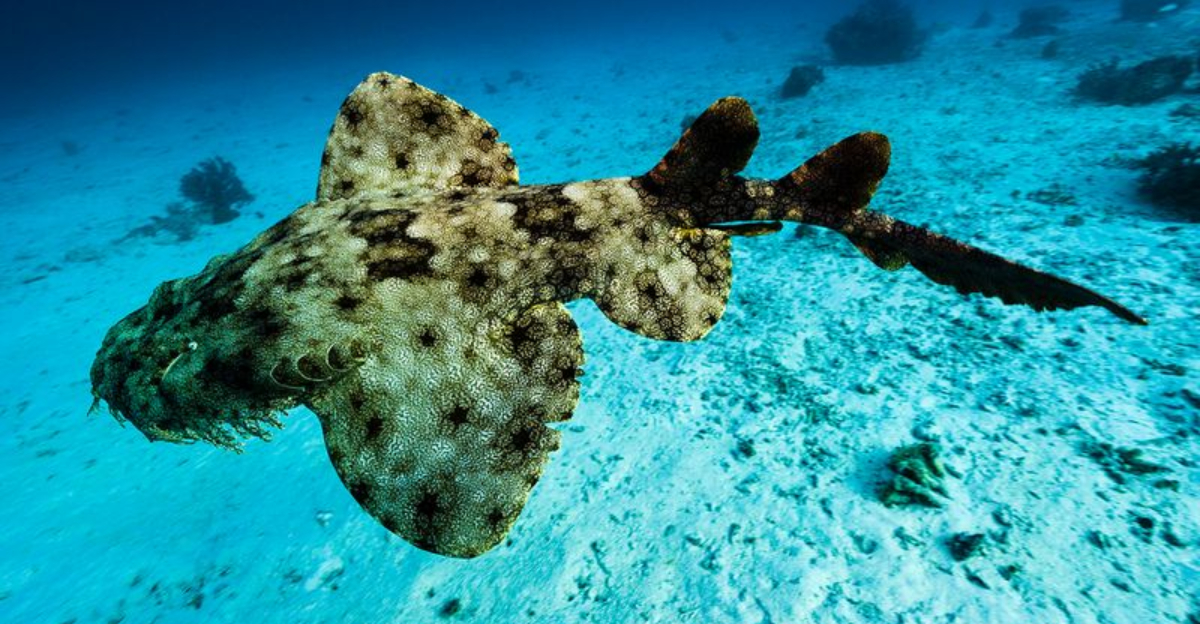
Sharks have ruled our oceans for over 450 million years, surviving multiple mass extinctions that wiped out dinosaurs and countless other species.
While many prehistoric shark species have disappeared forever, leaving only fossil records behind, several smaller shark species have adapted to captivity and can actually thrive in home aquariums.
1. Megalodon: The Ocean’s Ultimate Predator
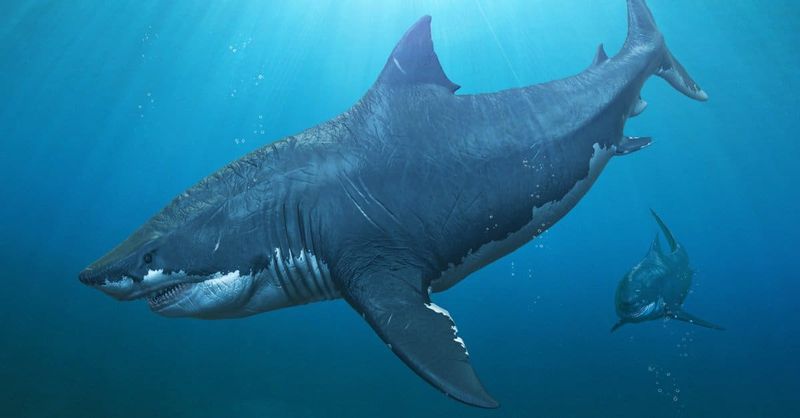
Measuring up to 60 feet long with teeth bigger than your hand, Megalodon dominated oceans for 20 million years before vanishing about 3.6 million years ago. Its jaws could crush whale bones with ease.
Scientists believe climate change and competition from other predators contributed to its extinction. Modern great whites are mere puppies compared to this beast that could swallow a fishing boat whole!
2. Helicoprion: The Buzzsaw Shark
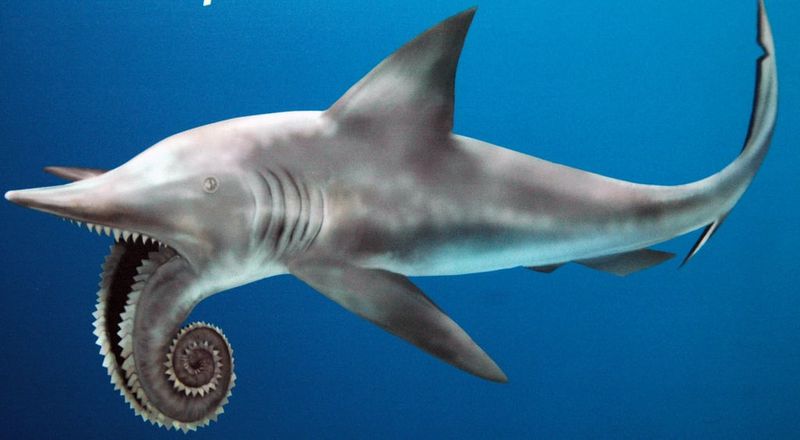
Sporting a bizarre spiral-shaped tooth whorl resembling a circular saw in its lower jaw, Helicoprion baffled scientists for decades. Fossils of this 270-million-year-old oddity show only the teeth, leaving experts guessing about its appearance.
Recent reconstructions suggest the whorl functioned like a conveyor belt, slicing prey with each rotation. Imagine a shark with a built-in buzzsaw!
3. Stethacanthus: The Ironing Board Shark
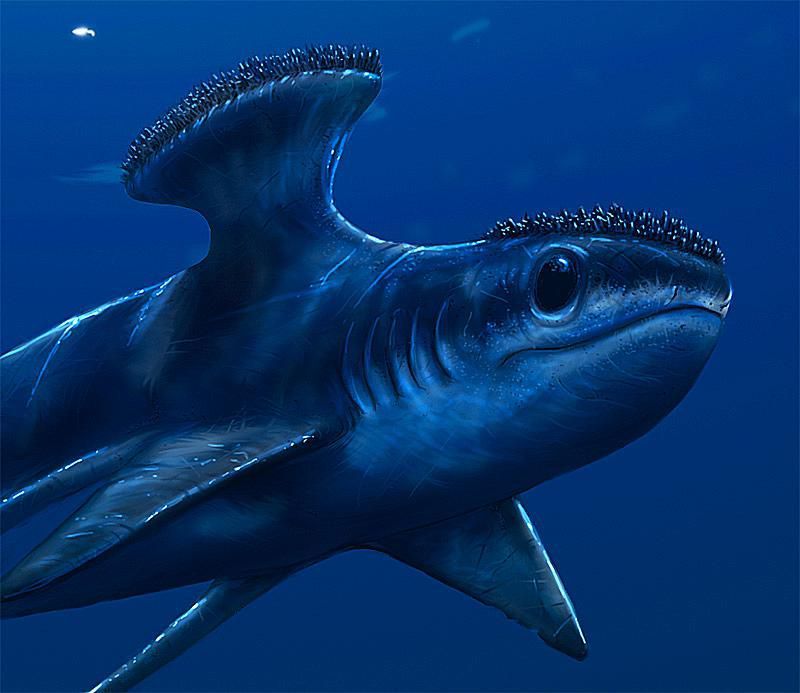
Male Stethacanthus sported a flat, brush-like structure on their backs shaped like an ironing board or anvil. This peculiar feature, covered in tooth-like denticles, remains a mystery to paleontologists.
Some theories suggest it served as a mating display or provided stability while swimming. Living 360 million years ago, this 3-foot shark might have used its strange back brush to impress potential mates!
4. Orthacanthus: The Freshwater Terror
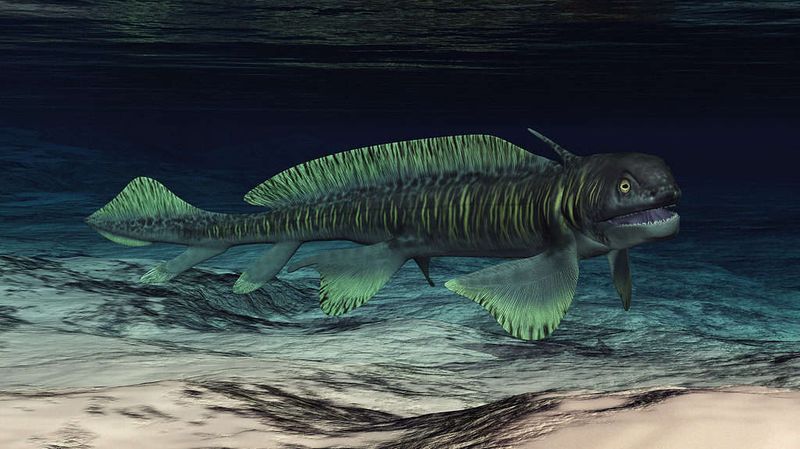
Unlike most sharks, Orthacanthus invaded rivers and swamps during the Carboniferous period 300 million years ago. Growing up to 10 feet long with a distinctive spine protruding from the back of its head, it terrorized prehistoric freshwater ecosystems.
Fossil evidence shows this monster practiced cannibalism, often eating its own young! Its double-edged teeth could slice through the toughest armored fish of its time.
5. Edestus: The Scissor-Toothed Shark
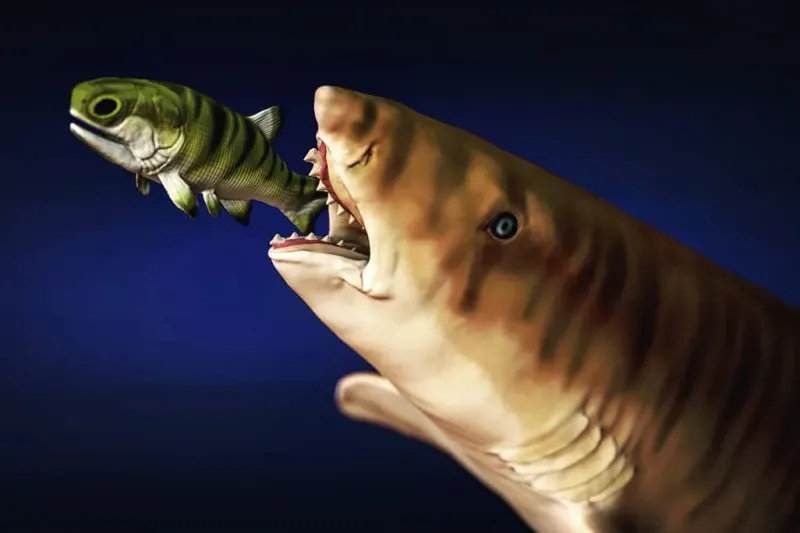
Nicknamed the “scissor-tooth shark,” Edestus had bizarre, continuously growing teeth that extended outward from both jaws like curved blades. Unlike modern sharks that shed teeth, Edestus kept adding new teeth to the back of each row.
Scientists believe it used a slashing motion to cut chunks from prey. Living 300 million years ago, this nightmare predator couldn’t fully close its mouth due to its extreme dental situation!
6. Xenacanthus: The Eel-Shark Hybrid
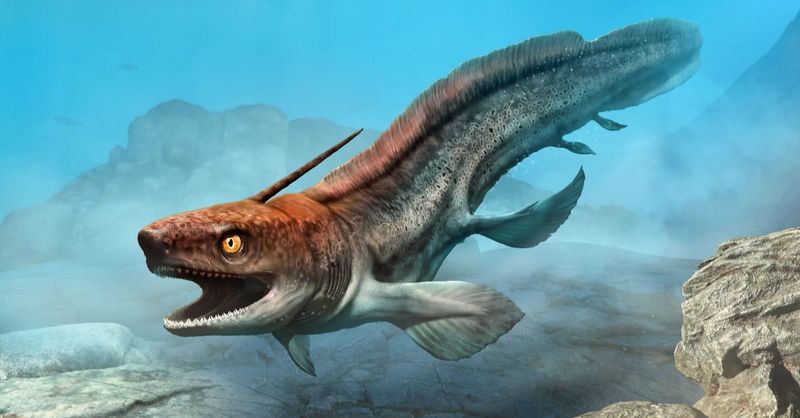
With an eel-like body and shark-like features, Xenacanthus thrived in freshwater swamps 250 million years ago. A long spine projected backward from its skull, possibly serving as protection against larger predators.
Unlike ocean sharks, it had specialized teeth for crushing shellfish and small prey. This adaptable creature survived for over 100 million years before disappearing, outlasting many of its marine cousins!
7. Epaulette Shark: The Walking Wonder
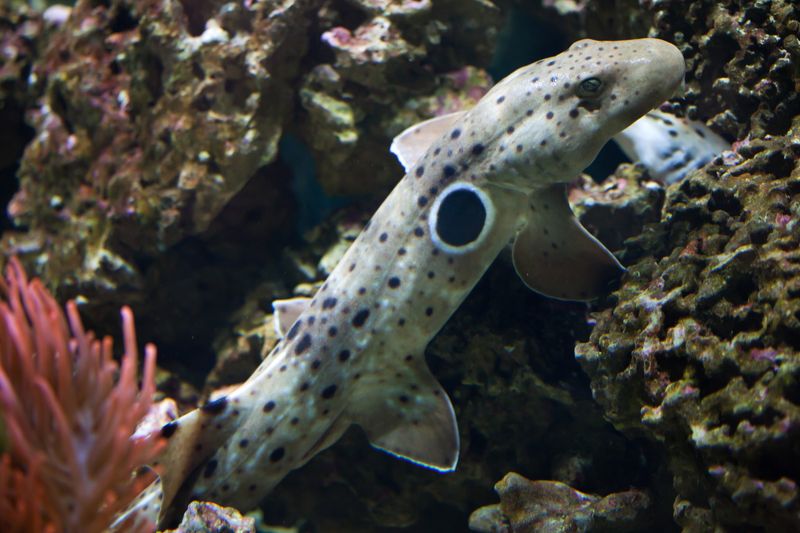
Capable of “walking” on coral reefs using its fins, the epaulette shark is a marvel of evolution. Growing just 3 feet long, these spotted beauties can survive in oxygen-poor water and even endure being out of water for hours!
In home aquariums, they need at least 180 gallons with sandy substrate for burrowing. Their calm demeanor and striking appearance with large black spots make them a fascinating, if challenging, pet.
8. Bamboo Shark: The Beginner-Friendly Option
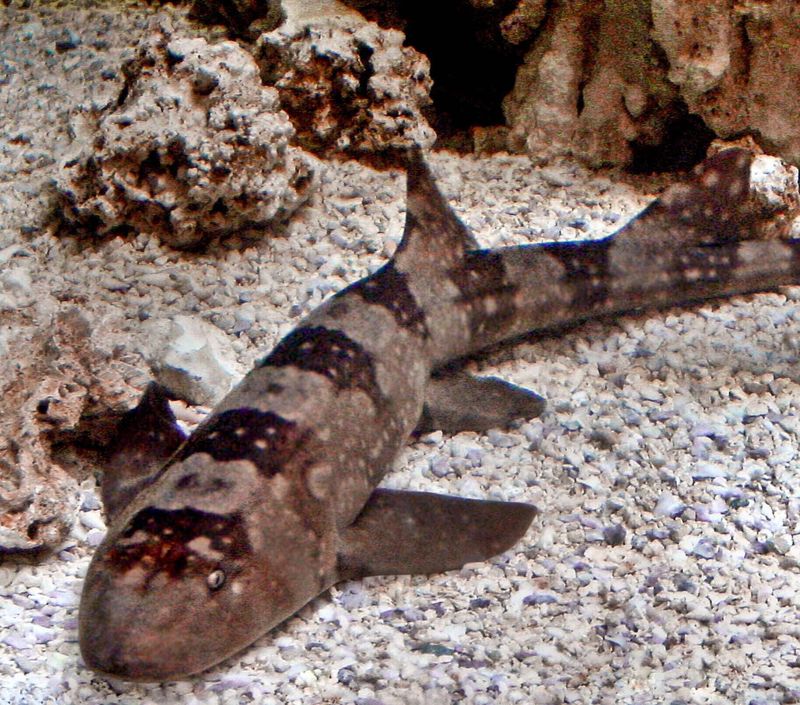
Bamboo sharks top the list for novice shark keepers with their docile nature and manageable size of 3-4 feet. Their brown-spotted pattern provides excellent camouflage in the wild, while their ability to breathe while stationary means less constant swimming.
These nocturnal hunters need a minimum 180-gallon tank with plenty of hiding spots. They’ll happily take food from your hand once acclimated, creating a unique bond between keeper and shark!
9. Coral Catshark: The Living Masterpiece
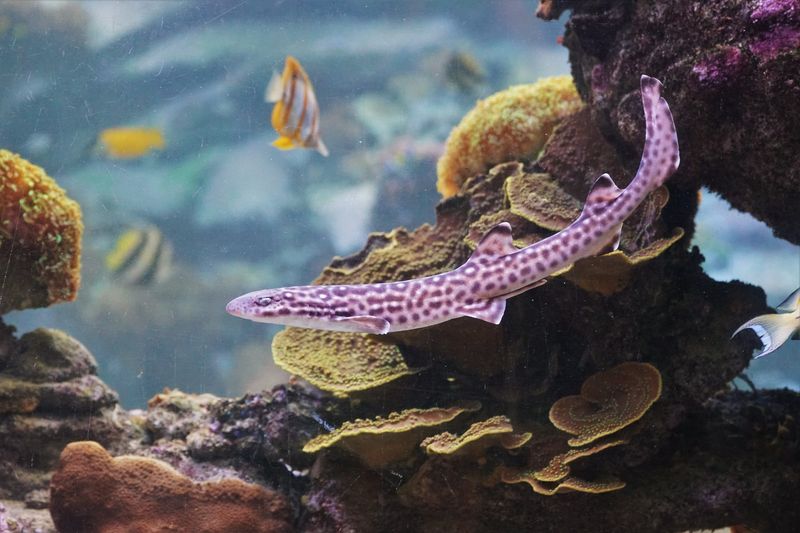
Resembling living artwork, coral catsharks display stunning patterns of dark saddles and spots against cream-colored bodies. Reaching only 2-3 feet, they’re perfectly sized for larger home aquariums of 150+ gallons.
Native to Indo-Pacific coral reefs, these nocturnal hunters prefer rocky caves and ledges in captivity. Their mesmerizing swimming pattern and relatively peaceful temperament make them popular among experienced enthusiasts who can meet their specialized water quality requirements.
10. Wobbegong: The Carpet Shark Extraordinaire
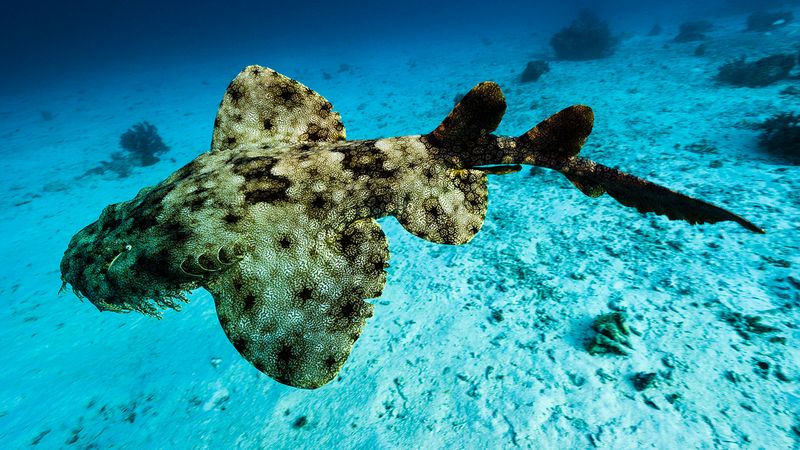
Wobbegongs are nature’s masters of disguise with flattened bodies and ornate, carpet-like patterns. Their fringed facial lobes blend perfectly with the ocean floor, making them nearly invisible to prey and aquarium viewers alike!
These ambush predators require spacious tanks of 300+ gallons due to their potential 4-foot length. Patient keepers may witness their lightning-fast strikes as they emerge from hiding to snatch food—a spectacular natural behavior rarely seen outside the wild.
11. Port Jackson Shark: The Egg-Laying Oddity
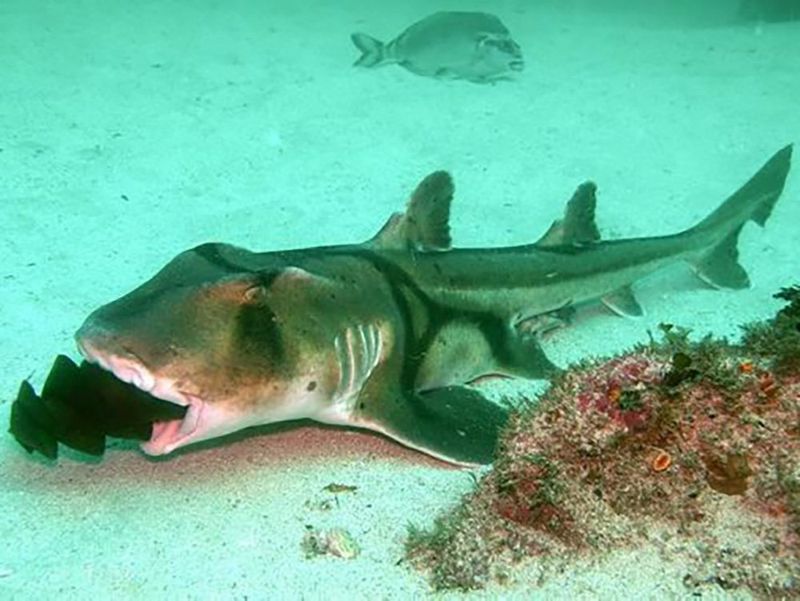
With a bulldog-like face and distinctive harness-shaped pattern, Port Jackson sharks bring Australian charm to home aquariums. These stocky, nocturnal hunters grow to about 5 feet and produce fascinating spiral-shaped egg cases that resemble exotic seashells.
They require powerful filtration systems and 250+ gallon tanks. Unlike most sharks, they possess grinding plate-like teeth for crushing shellfish and sea urchins rather than tearing flesh, making feeding time an interesting spectacle!
12. Horn Shark: The Spiny Specialist
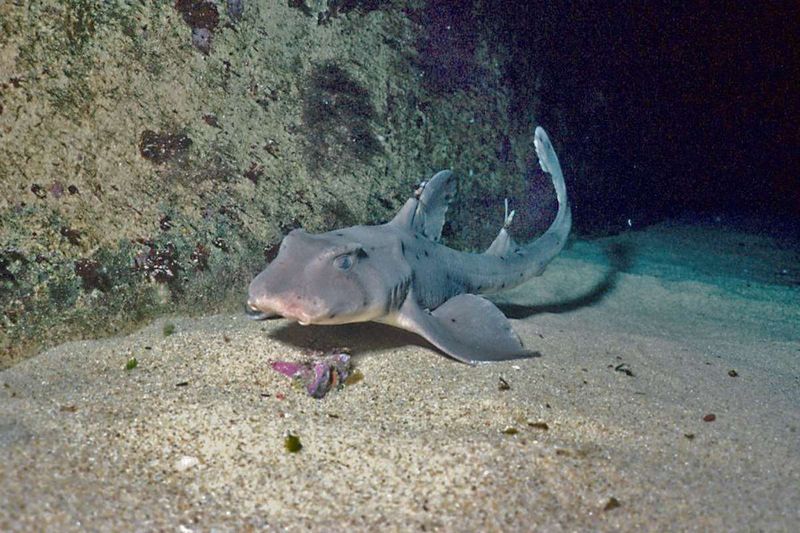
Horn sharks stand out with prominent spines on their dorsal fins and a pig-like snout perfect for rooting through sand. These muscular, slow-moving creatures grow to 4 feet and sport beautiful brown spotting that intensifies as they age.
Their powerful jaws crush shellfish with ease, requiring a diet of crustaceans and mollusks in captivity. While not the most active swimmers, their unique appearance and entertaining foraging behavior make them fascinating aquarium residents for those with 200+ gallon setups.
13. Freshwater Sharks: The Imposters Worth Considering
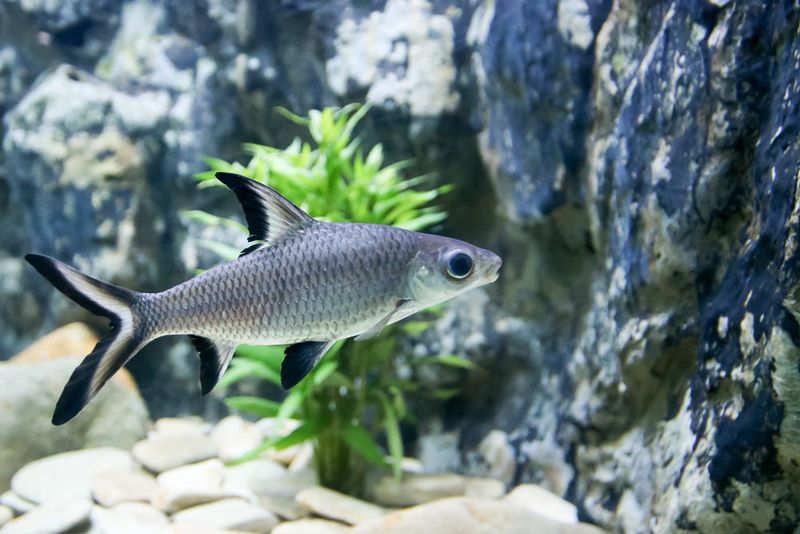
Despite their name, “freshwater sharks” like Bala sharks and Rainbow sharks aren’t sharks at all but fish with shark-like appearances! These peaceful imposters reach just 12-14 inches, making them suitable for standard home aquariums of 55+ gallons.
Their silver bodies and prominent fins create a shark-like silhouette without the maintenance challenges of true sharks. For aspiring shark keepers not ready for saltwater setups, these freshwater alternatives provide an excellent entry point into shark-like pet keeping.


